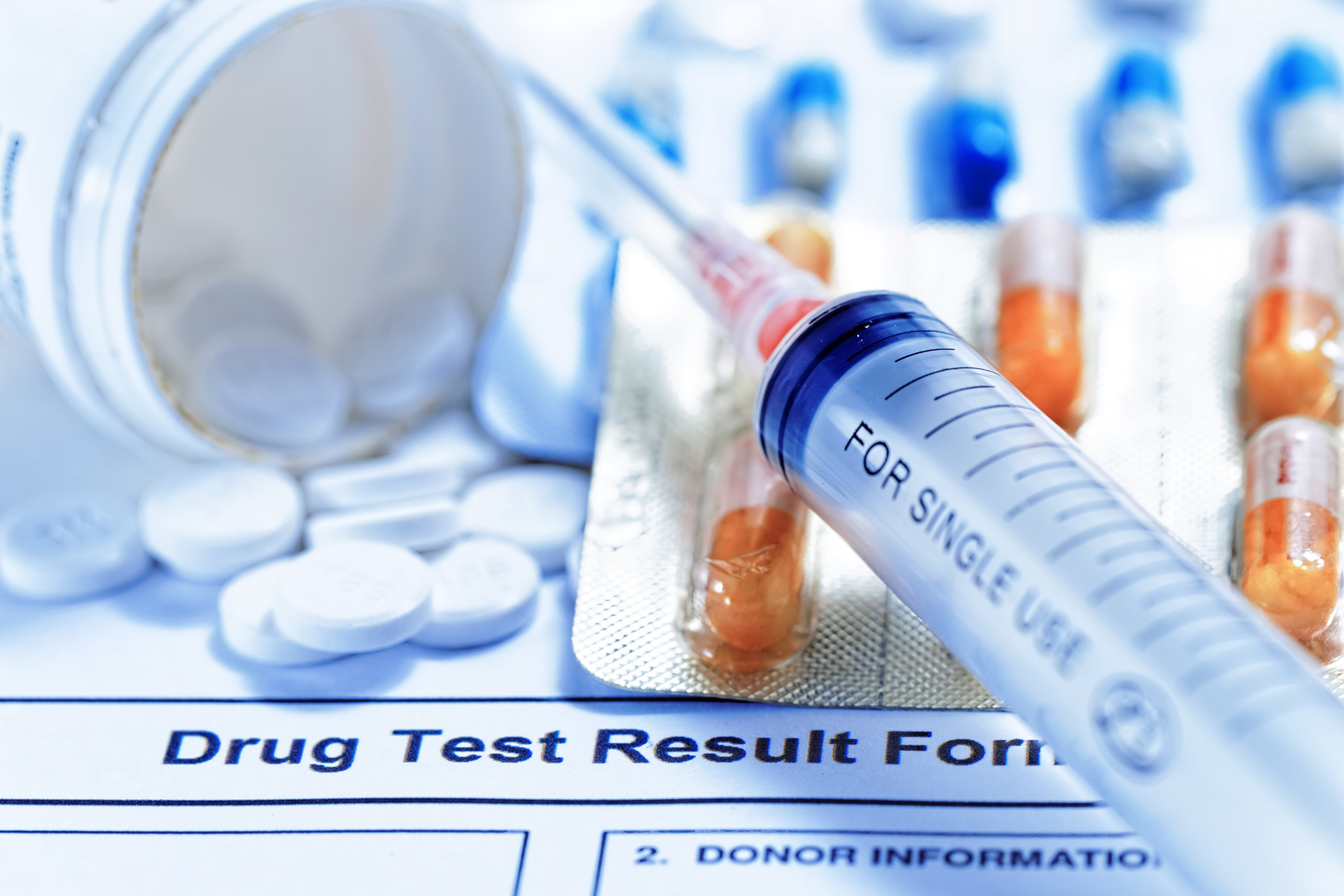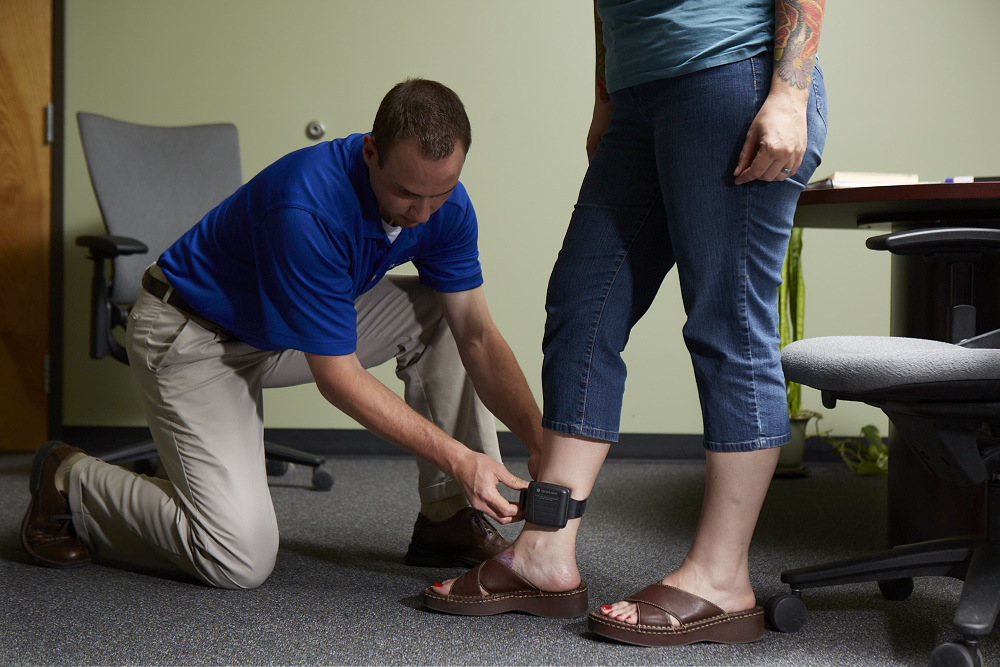Cannabis is the most commonly used illegal drug in the world, but there is also a legal range of products containing CBD extracted from true hemp plants. Hemp oil contains a full spectrum of cannabinoids, terpenes and flavonoids. A healthy amount can help to maintain your wellbeing. However, testing for cannabis can be difficult, and often quite controversial.
Forensic analysis of hair can be used to test for cannabis usage as it’s able to detect the presence of tetrahydrocannabinol (THC), its carboxylic acid metabolite THC-COOH, and the more passive THCA-A. The usefulness of the test is that it cannot only identify, it can also help in quantifying marijuana use as a result of consumption.
Hair is frequently used because once the metabolite is deposited; it is not removed by excretion or any other active metabolisms. Hence, a hair test can detect marijuana use up to 12 months after the last use.
Also, because the collection of hair sample is non-invasive, they can easily be collected for the test. If the result of the test is inconclusive or challengeable, another sample can easily be obtained as long as the hair has not been cut.
The Challenge
The major challenge is that since hair is outside the body, it can be contaminated by anything from the environment. So hair can collect cannabis and its metabolites from anywhere besides inhaled smoke. This means that someone that tested positive for cannabis can easily claim that he was in an environment laden with cannabis smoke or that he handled it (e.g. putting it in pot brownies, even if they don’t eat it) and didn’t smoke it.
For the test to be reliable and accurate, a testing lab needs to be able to differentiate passive exposure from active usage.
The Society of Hair Testing lists four guidelines to guide cannabis hair test to ensure passive exposure is differentiated from active exposure. They Include:
- Washing the hair sample thoroughly to remove external contaminants
- The analytical sensitivity necessary to detect THC
- That the THC-COOH is present
- the analytical sensitivity to reliably detect THC-COOH
By washing the hair through before any test is conducted, we are able to remove any external contaminants, including cannabis ensuring that only cannabis originating from internal consumption is detected in the hair.
The cannabis residue in the hair is available in very little concentration. The SoHT guidelines require that laboratories are able to detect THC-COOH residue as minute as 0.2pg/mg of hair. This means that in an average hair sample, the analytical sensitivity of the lab should be able to detect 2 billionths of a gram of THC-COOH!
Our laboratory is one of the few laboratories in the UK with that capability because of our investment in state-of-the-art laboratory equipment.
Testing for cannabis usage with our lab gives you the following assurance:
- The sample is thoroughly washed and free of all external contaminants to prevent cases of a false-positive test.
- The test is sensitive enough to detect the parent THC
- The test is sensitive enough to detect the presence of THC-COOH
- The test is sensitive enough to detect THC-COOH at SoHT recommended concentration
This ensures that an individual is not falsely accused of cannabis usage and that regular users are detected.
We are accredited by the international Laboratory testing standards so you can be assured that we have the competence and expertise to carry out the test.
Article Submitted on behalf of drugrehab-sussex.uk and alcoholrehab-sussex.uk









